Raising Rare Peacocks: A Step-by-Step Hatching Guide
- March 15, 2024
- 1 comment
Unlock the secrets to successfully hatching rare peacocks with Raising Rare Peacocks: A Step-by-Step Hatching Guide. Our guide takes you through every critical stage, ensuring your hatching journey is well-informed and fruitful.
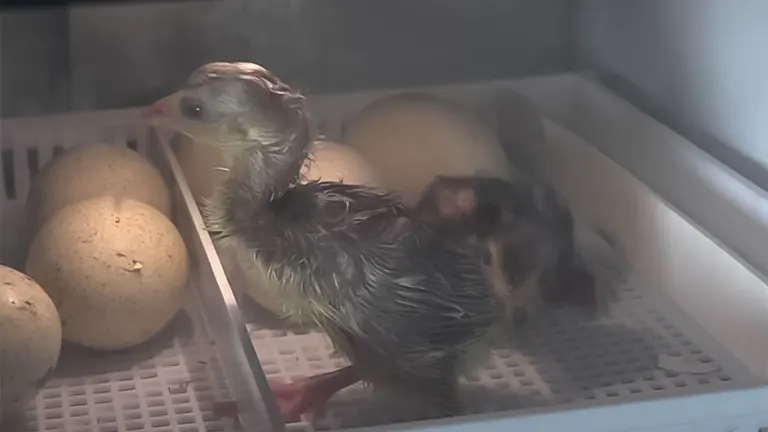
This journey was marked by trial and error, joy, and a deep dive into the nuanced world of bird hatching, which I’m eager to share with you. Here’s a guide distilled from our experience, poised to help fellow enthusiasts embark on their hatching odyssey.
A Step-by-Step Guide to Raising Rare Peacocks:
- Understanding the Process and Setting Realistic Expectations
- Sourcing Eggs Carefully and Preparing for Hatching
- Employing Broody Hens as Natural Incubators
- Monitoring and Adjusting Along the Way
- Celebrating Success and Planning for the Future
The Basics of Hatching Rare Peacock Chicks
Understanding the basic procedure for hatching the rarest baby peacocks involves several critical steps, starting with acquiring high-quality, fertile eggs, preferably from reputable breeders who specialize in rare peafowl varieties like the white peafowl.
Proper incubation is key, requiring a controlled environment where temperature and humidity are meticulously maintained to mimic natural conditions. Turning the eggs several times a day until a few days before hatching prevents the embryo from sticking to the shell and promotes healthy development.
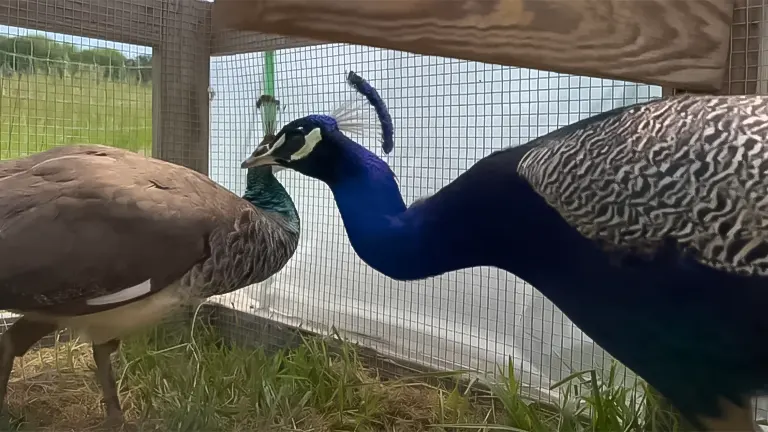
Once the chicks begin to pip, or break through the shell, it’s crucial to maintain humidity levels to assist them in the exhausting process of hatching, which can take up to 48 hours.
Post-hatching care includes providing a warm, safe brooding area, ensuring access to clean water, and offering a diet rich in nutrients suitable for young peafowl, setting the foundation for their growth into healthy, vibrant birds. This process not only demands patience and attention to detail but also a deep appreciation for the cycles of life and the unique beauty of these exotic creatures.
Key Steps for Successful Rare Peacock Hatching
1. Grasping the Hatching Process for Rare Peacocks
Our story begins with a simple desire to expand our avian family with the most elusive members—the white peafowl. Unlike regular peafowl, their stark white plumage doesn’t result from albinism but a genetic variation, making them a rarity and a beauty to behold.
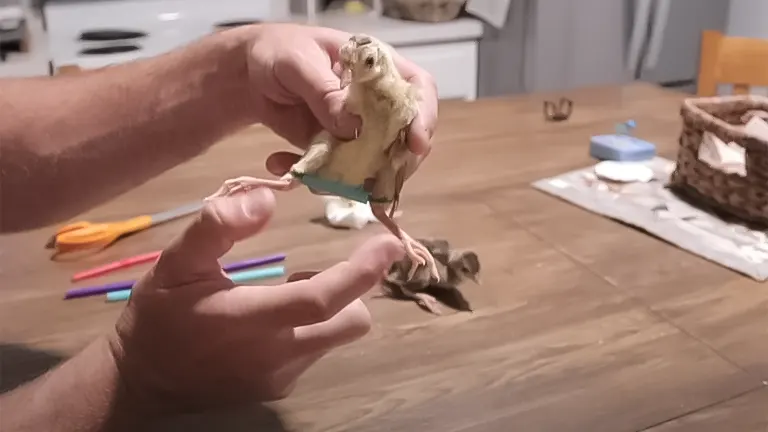
Initial attempts were disheartening; we faced challenges from non-viable eggs to hatchlings with health issues. These experiences taught us the importance of patience and the need to manage our expectations realistically.
2. Careful Egg Selection and Pre-Hatching Prep
The quest for viable white peafowl eggs led us to various sellers, from Craigslist to eBay. Each failed attempt brought new lessons on the critical importance of the eggs’ source and the conditions during their transport and storages.
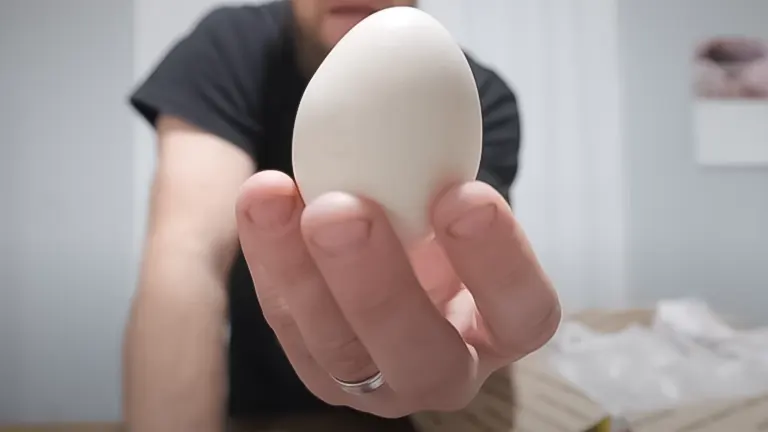
Finally, in a twist of fate, a compassionate seller offered to replace our last unsuccessful batch, setting the stage for our hopeful endeavor.
3. Utilizing Broody Hens for Peacock Egg Incubation
Faced with the challenge of hatching these precious eggs, we opted for a more natural method. Utilizing broody hens from our flock as surrogate mothers provided a solution that felt both organic and promising.
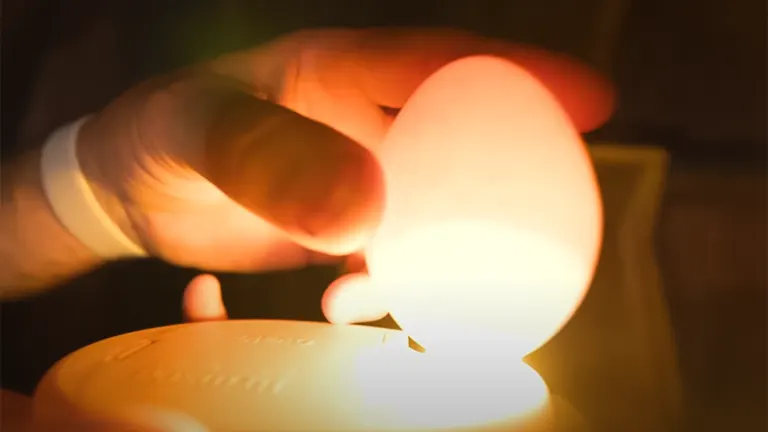
This step required adapting our space to ensure the hens remained comfortable and undisturbed, fostering the perfect conditions for the eggs to develop.
4. Ongoing Monitoring and Adjustments
Hatching eggs, especially of rare species like the white peafowl, is an exercise in vigilance. From carefully swapping chicken eggs with peafowl eggs under our broody hens to adjusting when things didn’t go as planned, we learned the importance of flexibility.
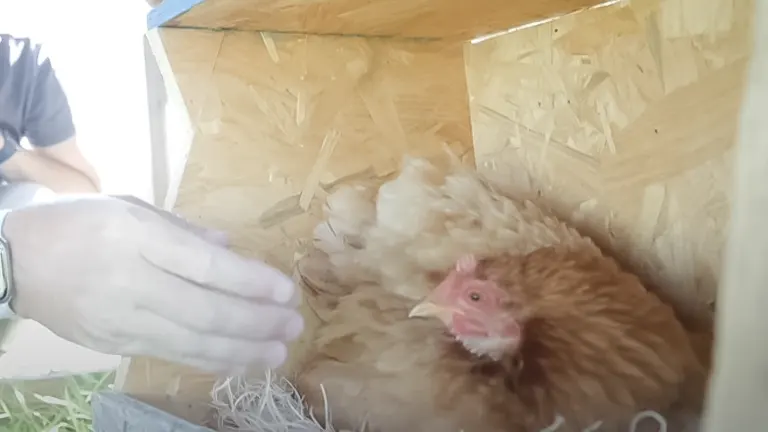
Each egg was monitored, and conditions were adjusted to ensure optimal development, highlighting the crucial balance between intervention and letting nature take its course.
5. Celebrating Hatching Success and Future Planning
After days of anticipation, the miraculous happened—our eggs hatched, revealing the sought-after white peafowl chicks. This success was not just a testament to our perseverance but also a moment of pure joy.
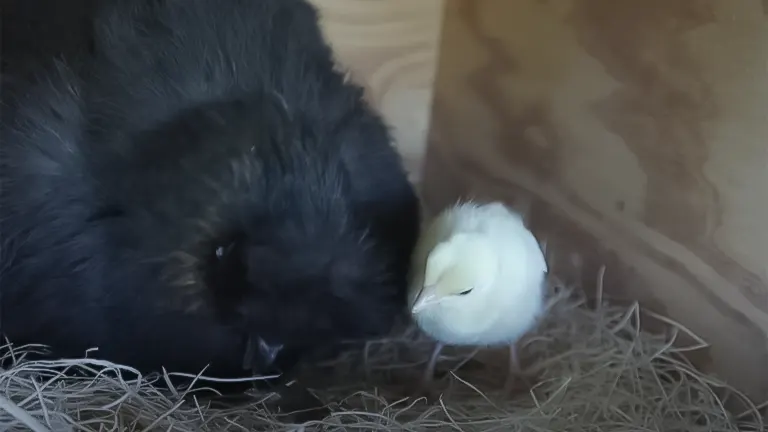
However, it also ushered in the responsibility of planning for the care and accommodation of these special birds, considering their needs as they grow.
Additional Tips for Raising Rare Peacocks
Here are four additional tips to enhance your journey in hatching and nurturing the rarest white peafowl:
- Climate Considerations: Pay close attention to the temperature and humidity both inside the incubator and in the brooding area. White peafowl eggs require precise conditions to develop properly. A stable environment mimics the natural conditions under which these birds thrive.
- Egg Handling: Handle the eggs with utmost care, especially when turning them if you’re using an incubator or when checking for development. Always have clean, sanitized hands to prevent the transfer of harmful bacteria.
- Diet and Nutrition: Once your peafowl chicks hatch, providing a balanced and nutritious diet is crucial for their development. Research and consult with avian experts to ensure you’re meeting their specific dietary needs, including supplements that support bone health and feather growth.
- Space for Growth: As the chicks grow, they’ll need increasingly larger spaces to roam, explore, and exercise their growing muscles and feathers. Plan ahead to create or adapt spaces that can accommodate their needs while ensuring their safety from predators.
By incorporating these additional tips into your aviculture practices, you’ll be better equipped to foster a healthy and vibrant environment for your rare white peafowl.
Pros and Cons Based on Our Experience
Pros:
- Natural Hatching Method: Utilizing broody hens for incubation added a naturalistic essence to the process, potentially enhancing the hatchlings’ health and well-being.
- Learning and Adaptation: The journey enriched our understanding of avian breeding intricacies, especially concerning rare species like the white peafowl.
- Emotional Reward: The successful hatching of the chicks brought immense joy and satisfaction, highlighting the beauty of life and the wonders of nature.
Cons:
- Unpredictability and Loss: The hatching process was fraught with uncertainty, including eggs that did not develop and chicks with health issues, emphasizing the delicate balance of life.
- Resource Intensive: The endeavor required significant time, effort, and emotional investment, underscoring the commitment needed to pursue such rare hatching projects.
Related Articles:
- Best Bedding For Chickens
- Best Safe Chicken Coop Heater
- 8×8 Chicken Coop Plans
- Turning a Shed Into a Chicken Coop
- How to Make a Chicken Coop Out of Pallets
- Best Sand for Chicken Coop
- How To Insulate a Chicken Coop
- How To Heat a Chicken Coop
- How To Keep Water from Freezing in Chicken Coop
- How to Build a Chicken Coop
- How To Build Chicken Nesting Boxes
- How to Raise Happy and Healthy Chickens in Your Backyard
- When Can Chicks Go Outside? Timing and Tips for a Smooth Transition
- 12 Reasons why Ducks are Better than Chickens
- Best Automatic Chicken Coop Doors 2024: Expert Reviews & Buyer’s Guide
- Best Fans for Chicken Coop 2024: Effective Cooling Solutions Reviewed
Final Thoughts
Reflecting on our adventure, the journey of hatching the rarest white peafowl was fraught with challenges but immensely rewarding. For fellow enthusiasts considering a similar path, patience, research, and a willingness to adapt are your best allies. Witnessing the emergence of these ethereal birds from their shells, we were reminded of the beauty and resilience of nature.
Whether you’re an experienced breeder or a curious novice, the world of aviculture offers endless wonders waiting to be discovered. Our journey underscores the joy of connecting with the natural world, a reminder of the surprises it holds for those willing to embrace the challenge.
Frequently Asked Questions
- What motivated you to start hatching white peacocks?
We were captivated by the beauty and rarity of white peacocks. Our passion for aviculture and the challenge of hatching and raising these exquisite birds sparked our journey. - Where did you source the white peacock eggs?
We initially sourced eggs from Craigslist and eBay, focusing on reputable sellers with positive feedback from previous buyers to ensure the best chances of viable eggs. - How did you ensure the eggs were viable for hatching?
Ensuring egg viability involved checking for integrity upon arrival, setting them to rest before incubation, and using candling techniques to monitor development throughout the incubation period. - Why did you choose to use broody hens instead of an incubator?
We opted for broody hens to provide a more natural hatching environment, which we believed could offer better hatching rates and healthier chicks due to the natural warmth and humidity control. - How did you prepare the broody hens for hatching the eggs?
Preparation involved selecting demonstrably broody hens, setting up a quiet and comfortable nesting area close to their flock yet separated to prevent disturbances, and initially giving them stand-in eggs to confirm their commitment to brooding. - Did you face any challenges during the hatching process?
Yes, challenges included ensuring the broody hens remained on the eggs, dealing with eggs that did not develop, and addressing early chick health issues, particularly leg problems in some hatchlings. - How did you handle eggs that weren’t developing?
Non-developing eggs were removed from the nest to avoid potential health risks to the developing eggs and to allow the hens to focus on viable eggs. - What was the success rate of the hatching process?
Our success rate improved significantly over time, culminating in the hatching of several healthy white peacock chicks, which was a thrilling outcome after initial setbacks. - How do you care for white peacock chicks after they hatch?
Care involves providing a warm, safe environment, offering chick-specific feed, and ensuring they have access to clean water at all times. Regular health checks and minimizing stress are also crucial. - What advice do you have for others interested in hatching rare peacocks or other exotic birds?
Research extensively, prepare for setbacks, and be patient. Ensure you have the right environment and resources to care for the birds post-hatch. Networking with experienced breeders can also offer invaluable support and advice.
We’re eager to connect with you! Do you have personal anecdotes or insights from your own journey hatching rare peafowl or other exotic birds? Drop your stories, tips, and reflections in the comments section below. Your shared experiences could illuminate the path for fellow enthusiasts and aspiring aviculturists, helping them navigate the challenges and triumphs of nurturing these magnificent creatures. Together, we can build a community of knowledge and support, empowering each other to succeed in the captivating world of aviculture!

Edward Smith
Forestry AuthorWoodworking is about more than crafting; it's a harmonious connection with nature, mastering tools, and preserving our environment. I'm here to share my knowledge and experiences with you, forging a future where we can embrace wood's beauty and utility while safeguarding our forests' health and diversity.




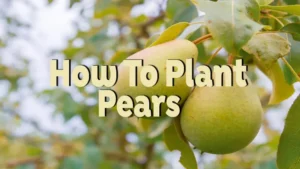
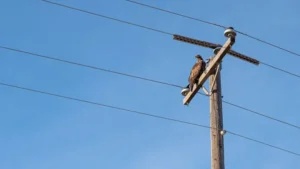

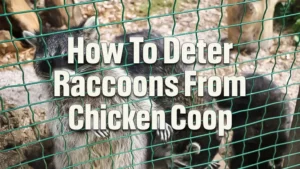
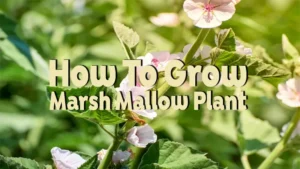
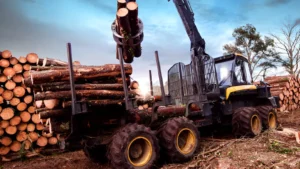



Could you mail me your steps for white peacocks. Very new at this, but I fell in love with the heaven sent white peacocks. I know nothing and I want to try to do this so badly
Bonnie Hoberg
June 18, 2024 12:43 pm